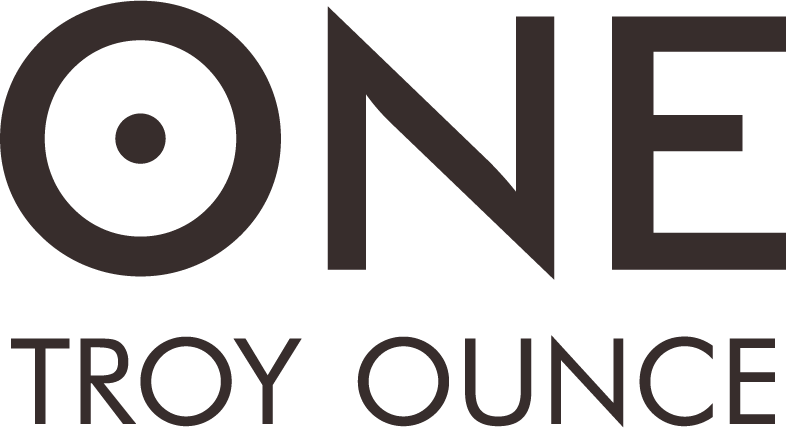Investing in precious metals is a popular strategy for wealth preservation, portfolio diversification, and a hedge against inflation. Gold, silver, platinum, and palladium are the four most commonly traded precious metals, each with its own unique properties and investment potential. This blog post will provide a comparison of these metals, highlighting their similarities, differences, and factors to consider when choosing the right precious metal for your investment needs.
Gold
Gold has been considered a store of value and a symbol of wealth for thousands of years. Its rarity, durability, and unique properties make it an attractive investment option. Here are some key points about gold:
-
Store of value: Gold is considered a safe-haven asset and a store of value, especially during times of economic uncertainty and geopolitical instability.
-
Inflation hedge: Gold often maintains its purchasing power over time, making it a popular hedge against inflation.
-
Portfolio diversification: Including gold in your investment portfolio can help diversify your assets and reduce overall risk.
-
Liquidity: Gold is highly liquid and can be easily bought, sold, or converted into cash.
Silver
Silver is another popular precious metal for investment, with its unique properties and diverse industrial applications. Here are some key points about silver:
-
Industrial demand: Silver has numerous industrial applications, including electronics, solar panels, and medical equipment, making its price more sensitive to changes in industrial demand.
-
Volatility: Silver prices tend to be more volatile than gold prices, providing potential opportunities for short-term gains but also carrying higher risks.
-
Affordability: Silver is more affordable than gold, making it an accessible investment option for a wider range of investors.
-
Inflation hedge: Like gold, silver can also act as a hedge against inflation and help protect your purchasing power.
Platinum
Platinum is a rare and valuable precious metal with a variety of industrial and investment uses. Here are some key points about platinum:
-
Rarity: Platinum is rarer than gold and silver, making it a more exclusive investment option.
-
Industrial demand: Platinum is widely used in the automotive industry for catalytic converters, as well as in jewelry and other industrial applications.
-
Volatility: Platinum prices can be more volatile than gold prices due to its industrial demand and limited supply.
-
Economic sensitivity: Platinum prices are more sensitive to changes in economic conditions, making it a more speculative investment option.
Palladium
Palladium is a lesser-known precious metal but has gained increased attention in recent years due to its unique properties and growing industrial demand. Here are some key points about palladium:
-
Industrial demand: Palladium is primarily used in catalytic converters for automobiles, making its price heavily influenced by the automotive industry and environmental regulations.
-
Rarity: Palladium is rarer than gold, silver, and platinum, which can contribute to its price volatility.
-
Performance: Palladium has outperformed other precious metals in recent years due to its growing industrial demand and limited supply.
-
Speculative investment: Due to its relatively small market size and volatile price movements, palladium can be considered a more speculative investment option.
Which Precious Metal is Right for You?
When deciding which precious metal to invest in, consider the following factors:
-
Investment objectives: Determine your investment goals, such as wealth preservation, portfolio diversification, or short-term gains, and choose the precious metal that best aligns with your objectives.
-
Risk tolerance: Assess your risk tolerance and choose a precious metal that matches your comfort level with price volatility and market fluctuations.
-
Market conditions: Consider the current market conditions and the potential future demand for
each precious metal, as well as any geopolitical or economic factors that could impact their prices.
-
Affordability: Determine your investment budget and choose a precious metal that fits within your financial constraints. Silver, for example, may be more accessible for investors with a smaller budget, while gold or platinum may be suitable for those with a larger budget.
-
Liquidity: Consider the liquidity of each precious metal, as this can impact your ability to buy, sell, or convert your investment into cash when needed.
Conclusion
Gold, silver, platinum, and palladium each offer unique investment opportunities and potential benefits, depending on your investment objectives, risk tolerance, and market conditions. By understanding the differences between these precious metals and considering the factors that are important to you, you can make an informed decision about which precious metal is the best fit for your investment needs.
Remember, it is always wise to consult with a financial advisor or other investment professional when making investment decisions, especially when dealing with precious metals. They can provide you with personalized advice and guidance to help ensure that your investments align with your financial goals and risk tolerance.
-
